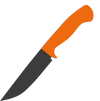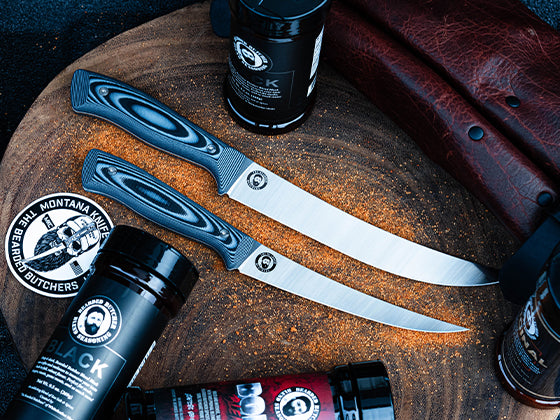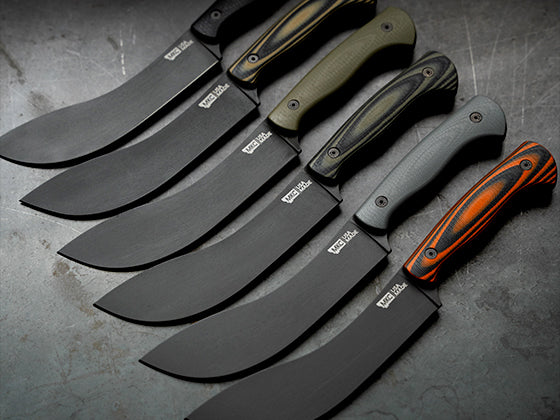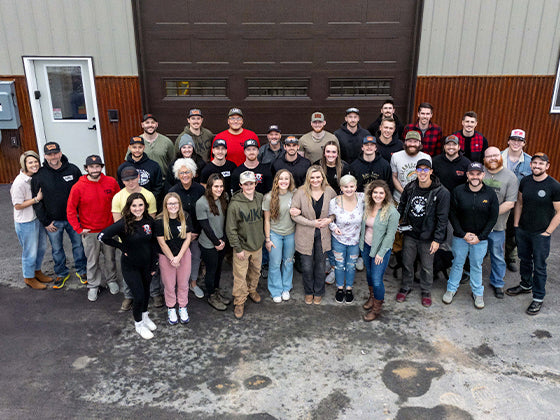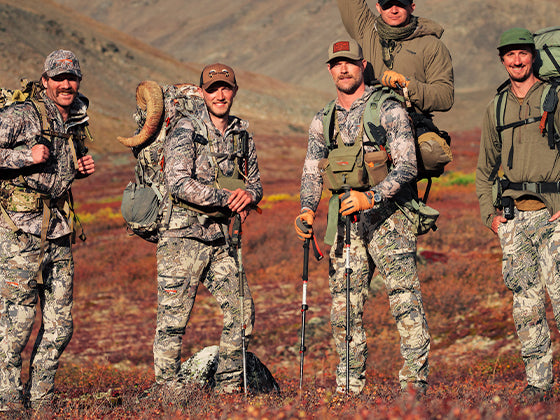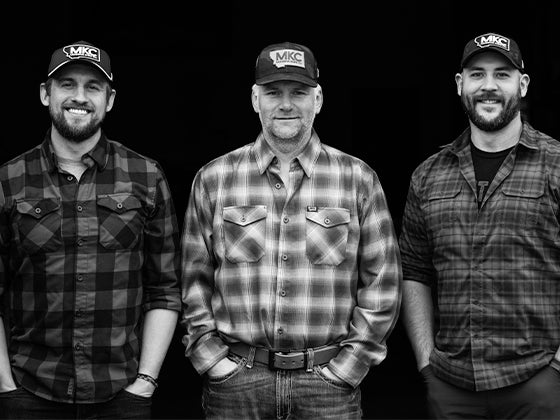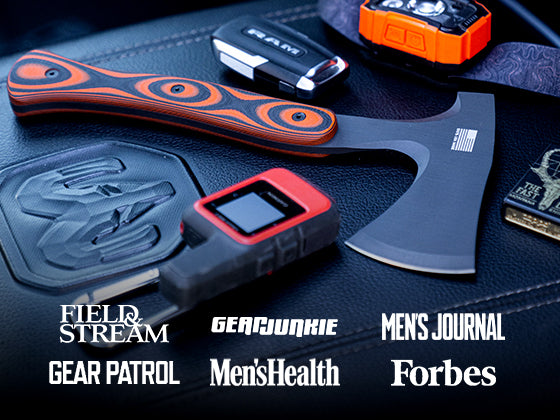Many hunters I’ve spoken with are still learning to plan for success.
Not every hunt is “successful,” so a kill can be a surprise. Hunters who find themselves in the field with an animal down can be caught off guard — and unprepared — for what comes next.
Most hunters do plan for “failure” — or something going wrong — during their hunts. That’s where emergency medical supplies in a hunting first aid kit come in handy. But it’s just as important to plan for success on a hunt by packing a knife, rope, tape, rubber gloves, a game bag, and other helpful items you’ll need in the exciting event of a kill.
A good hunting kill kit allows you to pack for success and failure, so you’re prepared no matter what happens. Before you embark on your next hunting trip, use the following information to create a kill kit that prepares you for anything.

What Tools Make a Good Hunting Kill Kit?
A thorough kill kit includes an equal amount of safety gear (in case of emergency) and killing gear (in case you kill an animal).
Safety Portion
We recommend including all the medical supplies that come in our MKC Med Kit in your kill kit. This includes:
- Two Hyfin Vent Chest Seals to provide wound management for chest injuries.
- Quick Clot Dressing to stop severe bleeding fast.
- A SOF Tourniquet to stop serious bleeding from punctures on the legs or arms.
- MiniTac Wrapping Gauze and Mini Compression Bandages to treat wounds of all shapes and sizes.
- A Robertazzi Nasopharyngeal Airway to bypass upper airway obstruction at the nose, nasopharynx, or base of the tongue.
Killing Portion
The following supplies make it easier to take care of the meat during a successful hunt.
- Paracord can be used for multiple purposes, including hanging meat and bundling firewood, or as an emergency arm sling or clothesline. If you have an MKC Speedgoat Knife, it already comes with paracord wrapped around the handle.
- Game bags are used to store and carry meat. They keep flies, dirt, and debris off your meat and help it dry and cool quickly so it doesn’t sour.
- Rubber gloves should be worn when gutting and dressing your game to prevent disease transmission (and to keep your hands clean).
- Tape can attach your license to an animal.
- Speaking of your license, include it in your kill kit so you don’t lose or misplace it elsewhere.
- Firestarter is helpful to pack when hunting in wet conditions.
- A space blanket can be used to stay warm at night.
- Heavy-duty black garbage bags can be used as a pack liner after packing meat, a clean surface for meat while it’s on the ground, or emergency rain gear.
- A sharpening stone keeps your knives nice and sharp.
- A backup Speedgoat Knife (or other knife) should be included in case you lose your primary knife.
- Baby wipes or toilet paper are good to have to clean yourself after dressing an animal, or to clean around a wound.
Tips for Packing and Storing Your Hunting Kill Kit
I’ve found that the following practices make packing (and using) your kill kit easier during a hunt.
Keep Emergency Supplies Accessible
If you store medical supplies (or an MKC Med Kit) inside your kill kit, keep it at the top of the pack where it’s most accessible.
If you need to apply a tourniquet, you’ll have to act quickly. Being prepared versus spending time digging around in your pack could be the difference between life and death.
Stay Organized
If you throw everything inside your kill kit, it’ll quickly become cluttered. I use plastic sandwich bags to separate items by type (batteries, medicine, tools, etc.) to keep my kill kit organized.

Why Is a Hunting Kill Kit Important?
When you kill an animal, your job is to take care of the meat quickly and cleanly. You’ll want to conserve as much meat as possible and not waste any part of the animal.
Skinning and dressing an animal is a lot of hard work. A well-organized kill kit makes the process as easy as possible. And even if you don’t have a “successful” hunt with a kill, it’s still helpful to know you’re prepared with everything you need — no matter what the hunt throws your way.
by Josh Smith, Master Bladesmith and Founder of Montana Knife Company














